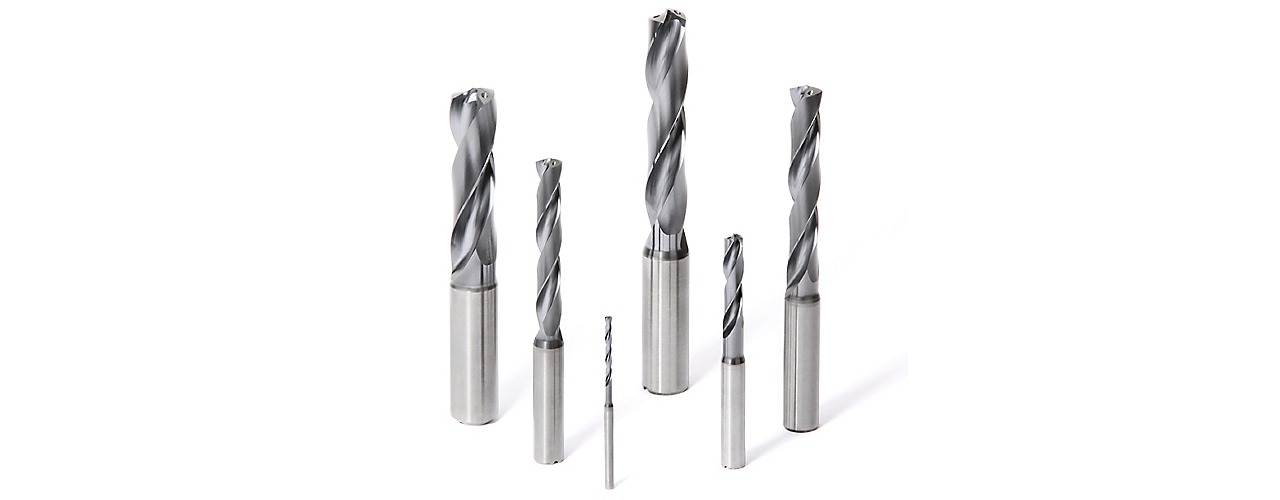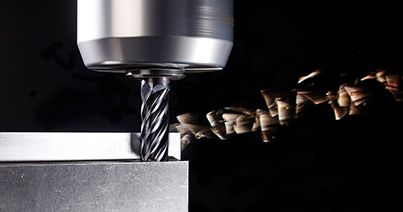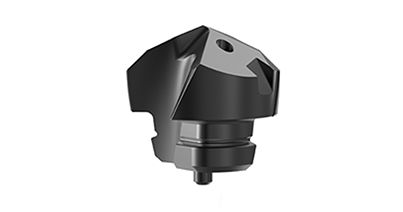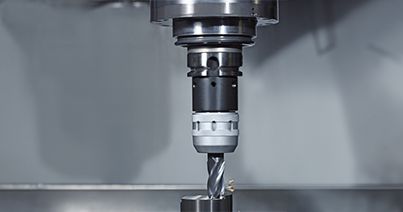Key Factors for Drilling Stainless Steel
When it comes to drilling through stainless steel, there are a few key factors to consider. One of which is that the material is prone to hardening, which means that it becomes harder and more difficult to drill as you continue to work on it. Additionally, stainless steel is a poor conductor of heat, which means that it can quickly become hot during the drilling process.
To overcome these challenges, it is essential to choose the right drill bit for the job. Here are some of the factors to consider when selecting drill bits for stainless steel:
- Material: Drill bits are typically made from high-speed steel (HSS), cobalt steel, or carbide. For drilling through stainless steel, solid carbide drill bits are the preferred material for precise holes and longevity of the tool.
- Coating: Most drill bits feature single layer or multi-layer coatings. They can be layered with titanium nitride (TiN), gold oxide, black oxide, or even a propriety coating to improve performance. Coated drill bits are more resistant to wear and heat buildup, making them an excellent choice for drilling through stainless steel.
- Point angle: The point angle of a drill bit refers to the angle at which the tip is ground. For stainless steel, typically a point angle of 135 degrees is ideal. This angle helps to reduce the amount of force required to drill through the material and reduces the risk of the drill bit slipping or walking.
- Flute design: The flute design of a drill bit refers to the shape and arrangement of the grooves that run along the length of the bit. For drilling through stainless steel, a bit with a helical flute design is recommended. This design helps to improve chip evacuation and reduce heat buildup, which can lead to longer bit life and better performance.
- Size: The size of the drill bit will depend on the size of the hole you need to drill. It is essential to select the appropriate size to ensure precision and accuracy in your drilling.
- Through-coolant capability: Stainless steel is a tough material to drill, and it can generate a lot of heat. If the drill bit gets too hot, it will dull quickly and may even break. To prevent this, through-coolant drill bit is preferred.






